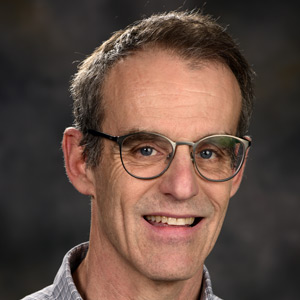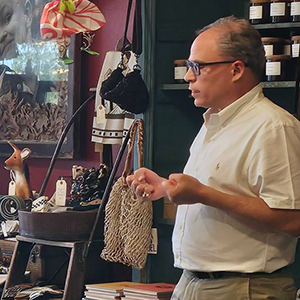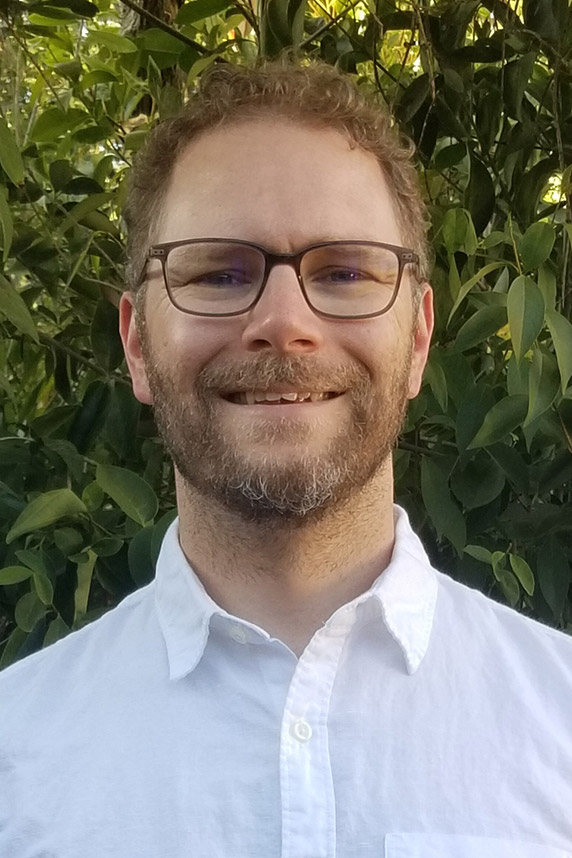
Nicholas Spada, Ph.D., an aerosol scientist at the University of California, Davis (UC Davis), recently developed artificial intelligence (AI) technology to record the effects of passing coal trains on air quality. His team published findings showing that coal trains, more so than other types of trains, contributed significantly to the levels of fine particulate matter in Richmond, California, a city located 20 miles north of San Francisco. NIEHS supported the project through the UC Davis Environmental Health Sciences Core Center.
Exposure to fine particulate matter, a mixture of microscopic solid and liquid particles in the air we breathe, has been linked to a variety of detrimental health effects. These effects include cardiovascular and respiratory diseases, adverse birth outcomes, cognitive and developmental impairments, and premature mortality.
Environmental Factor spoke with Spada to learn about who inspired his scientific journey, what the future of AI looks like, and how environmental justice plays a role in his work.
EF: What was a defining moment in your scientific journey?
Spada: My first visit to the advanced light source at Lawrence Berkeley National Lab. We used the high energy X-ray beam there to measure metals from particulate matter samples. The first time I visited as an undergraduate student was the moment I knew I was doing something really special, and that it was everything I dreamed science could be. Even now, working in a nuclear facility where we run high-energy proton beams every day, it has not lost its luster. It's just amazing to be a part of this.
EF: Can you tell us more about specific mentors that have inspired you?
Spada: Dr. Tom Cahill [Ph.D.] was a huge influence on me. Tom recruited me to his lab as an undergraduate student under the guise of doing nanotechnology when his lab was really focused on air quality research. It was such a pivotal moment for my career. Tom established the air quality program at UC Davis, as well as a national monitoring system that tracked air quality in the national parks and other wilderness areas in the United States. He was such a pioneer and a wonderful storyteller. He taught me a lot about the importance of environmental justice work and keeping priorities in line.
Dr. Nicole Hyslop [Ph.D.], my current mentor at UC Davis, is also an inspiration. What I love most about working with her is that when we’re looking at data, she’s always thinking about the underlying essence of what it all means and how it fits into the larger picture.
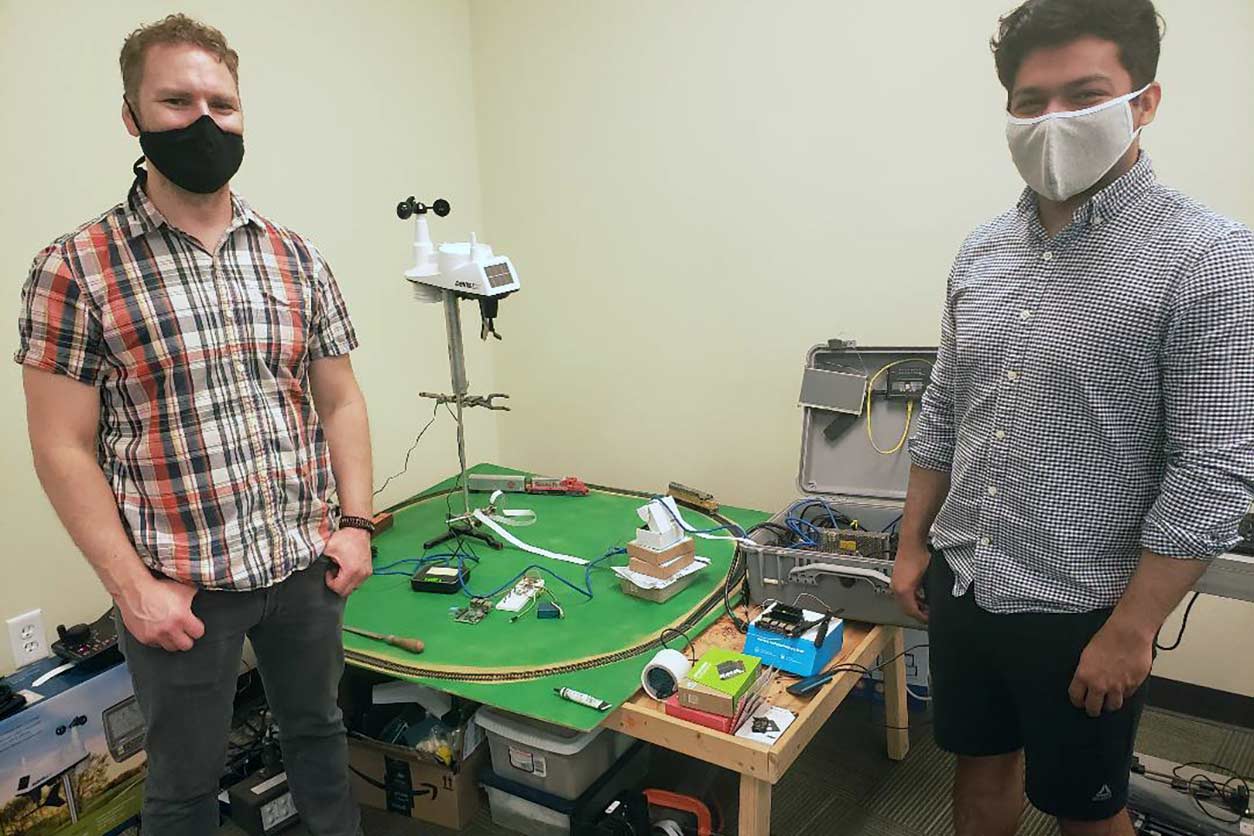
EF: What led you to study coal-related pollution?
Spada: For a project in undergrad, I measured ultra-fine particles released from a maintenance railyard in Roseville, California. It was the first time I saw science leading to action — our research led to new rules prohibiting trains from idling for longer than 30 minutes.
Many years later, in 2018, I met Dr. Bart Ostro [Ph.D.] at a meeting at Caltech, and he invited me to collaborate on the project examining air quality near a coal freight terminal in Richmond. The goal was to estimate the impact of another proposed rail terminal next door in Oakland. We started working as volunteer researchers on nights and weekends to make it happen. Eventually, it turned into a big, multi-year project.
EF: How will AI factor into future environmental health research?
Spada: AI is a big buzzword right now. In our case, we trained a computer to know what a coal train looks like. This was a huge benefit to us because trains come by at unpredictable times during the night, and it’s not always safe or convenient for a human observer to record them. AI can be a fantastic tool, like the way a hand calculator helped us do math faster. But our aim is not to replace people. We want to let people do the creative, interesting work, and let computers do the routine, boring work.
With the new system, we were able to record every time that a coal train passed, while also recording air quality in order to establish a link between the two. We collected a million pictures, and then the research team classified and verified them using a cool video-game-like software, providing a lot of confidence in our data. Because we’ve already done the upfront development work, we could easily retrain it for different research projects in the future.
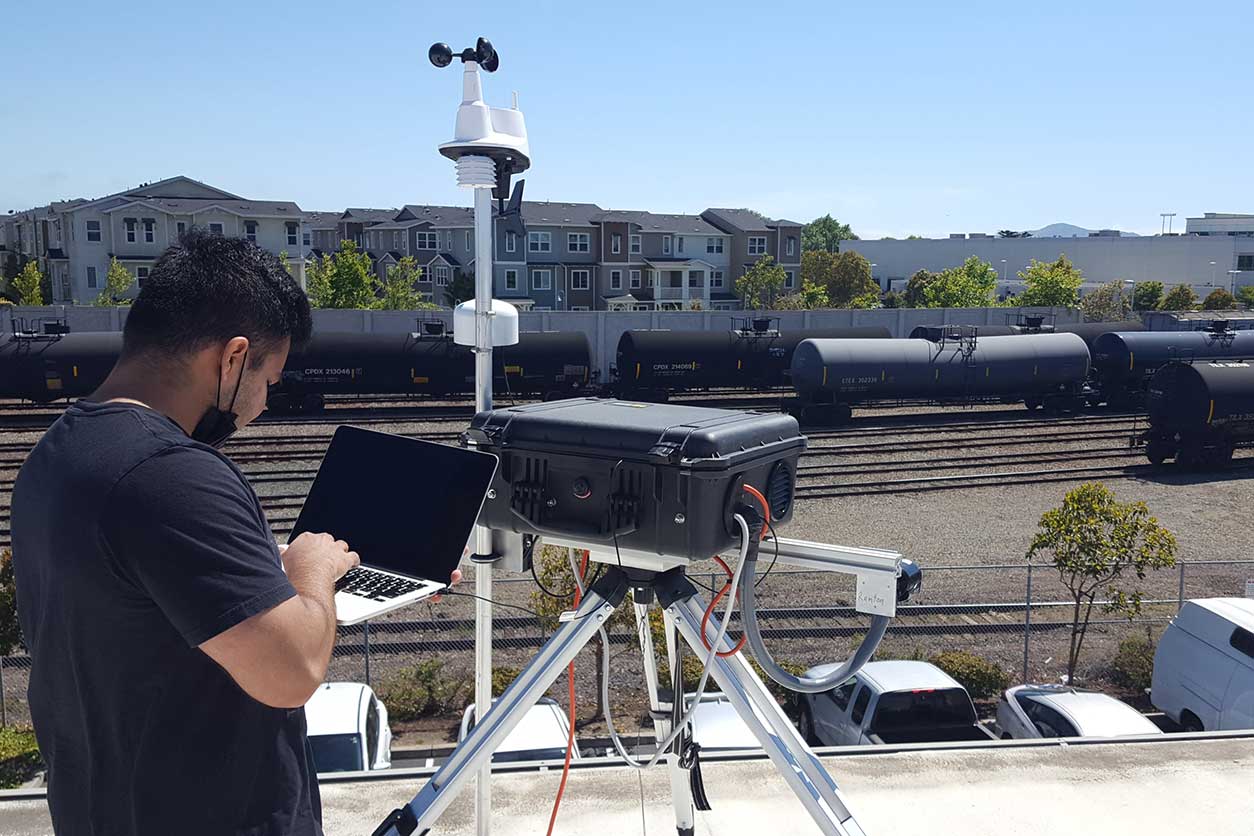
EF: What role does environmental justice play in your work?
Spada: Environment justice is the most important aspect to me, and it’s also the new frontier for the field of air quality research. We’ve had incredibly intelligent, talented people working in the field for more than half a century now, and if you look at the long-term trends nationally, we’ve improved our air quality dramatically.
But the next big question in my mind is how research can be used to improve air quality at the community level. How do we set up a system that provides meaningful information about air quality to people on an everyday basis, so they can make decisions like whether to take their kid to soccer practice that day?
As researchers, we need to make sure that communities are aware of how to access tools and resources daily that will help them make good decisions for their health.
(Lindsay Key is a contract writer for the NIEHS Office of Communications and Public Liaison.)





